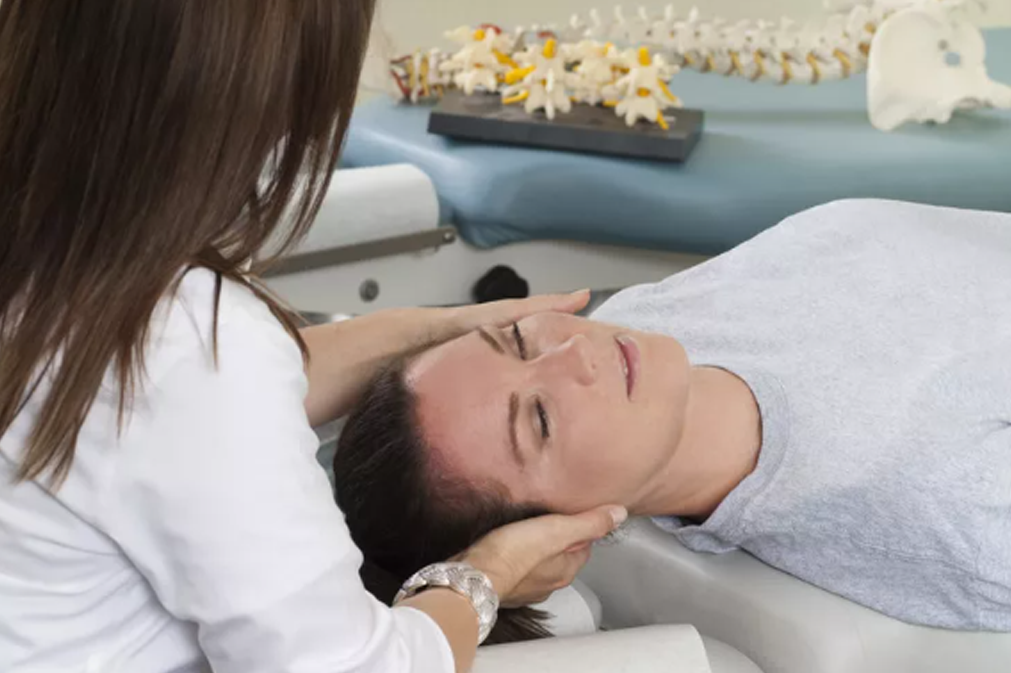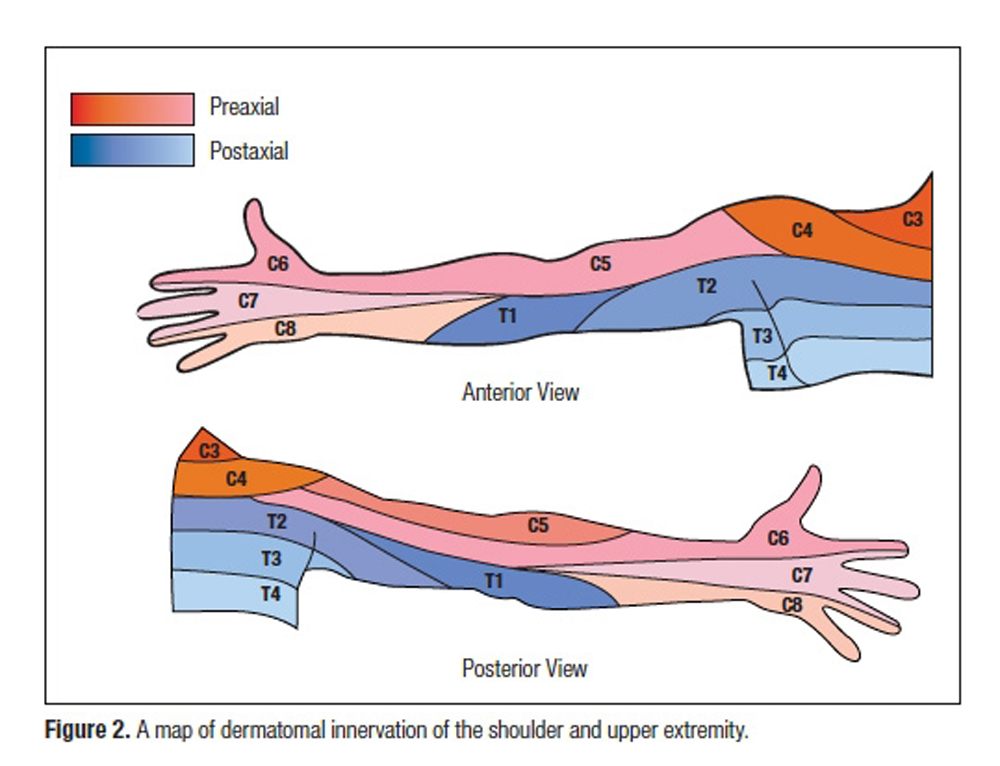Does Cervical Spine Manipulation Reduce Pain in People with Degenerative Cervical Radiculopathy? A Systematic Review of the Evidence, and a Meta-analysis
SOURCE: Clin Rehabil. 2016 (Feb); 30 (2): 145-155
Liguo Zhu, Xu Wei and Shangquan Wang
Department of Spine,
Wangjing Hospital,
Beijing, People’s Republic of China.
OBJECTIVE: To access the effectiveness and safety of cervical spine manipulation for cervical radiculopathy.
DATA SOURCES: PubMed, the Cochrane Central Registry of Controlled Trials (CENTRAL) in the Cochrane Library, EMBASE, Chinese Biomedical Literature Database (CBM), Chinese National Knowledge Infrastructure (CNKI), Chinese Scientific Journal Database (VIP), Wanfang data, the website of Chinese clinical trial registry and international clinical trial registry by US National Institutes of Health.
REVIEW METHODS: Randomized controlled trials that investigated the effects of cervical manipulation compared with no treatment, placebo or conventional therapies on pain measurement in patients with degenerative cervical radiculopathy were searched. Two authors independently evaluated the quality of the trials according to the risk of bias assessment provided by the PEDro (physiotherapy evidence database) scale. RevMan V.5.2.0 software was employed for data analysis. The GRADE approach was used to evaluate the overall quality of the evidence.
RESULTS: Three trials with 502 participants were included. Meta-analysis suggested that cervical spine manipulation (mean difference 1.28, 95% confidence interval 0.80 to 1.75; P < 0.00001; heterogeneity: Chi2 = 8.57, P = 0.01, I2 = 77%) improving visual analogue scale for pain showed superior immediate effects compared with cervical computer traction. The overall strength of evidence was judged to be moderate quality. One out of three trials reported the adverse events and none with a small sample size.
There are more articles like this @ our:
CONCLUSION: There was moderate level evidence to support the immediate effectiveness of cervical spine manipulation in treating people with cervical radiculopathy. The safety of cervical manipulation cannot be taken as an exact conclusion so far.
From the Full-Text Article:
Introduction
Degenerative cervical radiculopathy is a frequent impairment owing to compression of a cervical nerve root, a term used to describe neck pain associated with pain radiating into the arm (cervicobrachial pain). [1, 2] As the best known type of cervical spondylosis, cervical radiculopathy is often induced by osteophytosis, cervical interverbral disc herniation. In China, the prevalence of cervical spondylosis was 17.3%, and a high percentage of 60% to 70% of patients were occupied by cervical radiculopathy. [3, 4]
Treatment of cervical radiculopathy is often managed through conservative therapies, which includes oral analgesics, oral steroids, cervical computer traction, manual therapy, exercise, cervical collar and various combinations of these. [5, 6] But treatments are subject to some limitations owing to the quality of evidence and adverse drug reaction. In a comprehensive literature synthesis conducted by Task Force on Neck Pain and its Associated Disorders, the insufficient study evidence of noninvasive interventions for patients with radicular symptoms was available. [7] Oral non-steroidal antiinflammatory drugs are generally used to alleviate severe pain. On the other hand, long-term nonsteroidal anti-inflammatory drugs use may increase the risk and cause gastrointestinal ulcers, serious cardiovascular events, hypertension, acute renal failure and worsening of pre-existing heart failure. [8]
In the world, many patients with cervical radiculopathy are increasingly turning to specific conservative treatments, including cervical spine manipulation, to relieve their symptoms and reduce the side-effects of medications. [9–11] The action effects of cervical manipulative therapy have been found or validated in some experiments, such as separation of the facet joints, relaxation of paraspinal muscles, increasing of blood flow and so on. [12] As one of the complementary and alternative therapies, cervical spine manipulation has been used for several years in China. [13, 14] According to the definition provided in the literatures, cervical manipulation is described as the use of hands applied to the patients, thereafter a rapid highvelocity, low-amplitude thrust directed at the cervical joints, often accompanied by an audible crack. [15, 16] Additionally, light soft-tissue massage, which is used to facilitate treatment, is permitted before manipulation. [17] Cavitation should not be considered as an absolute indicator for successful thrust manipulation. [18, 19]
SOURCE: Read the rest of this Full Text article now!





Leave A Comment